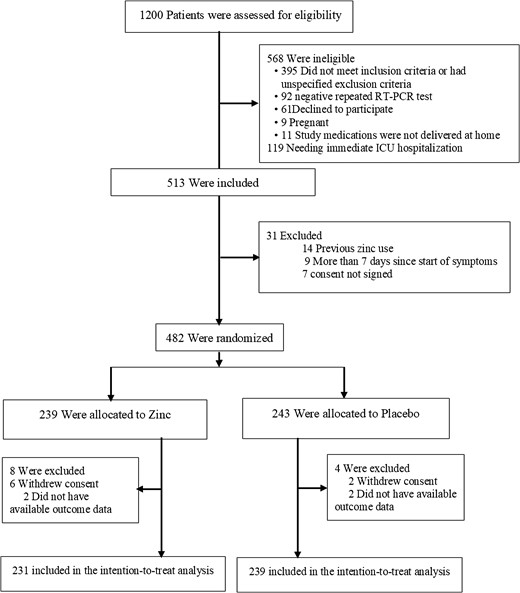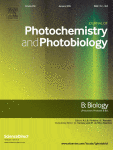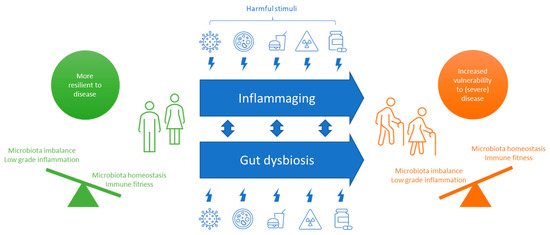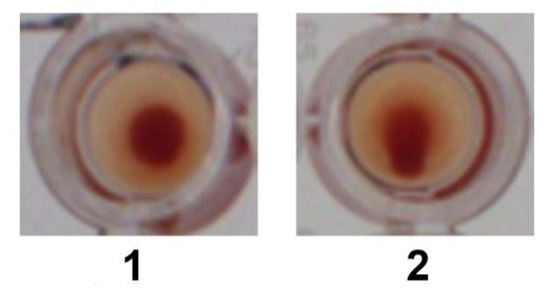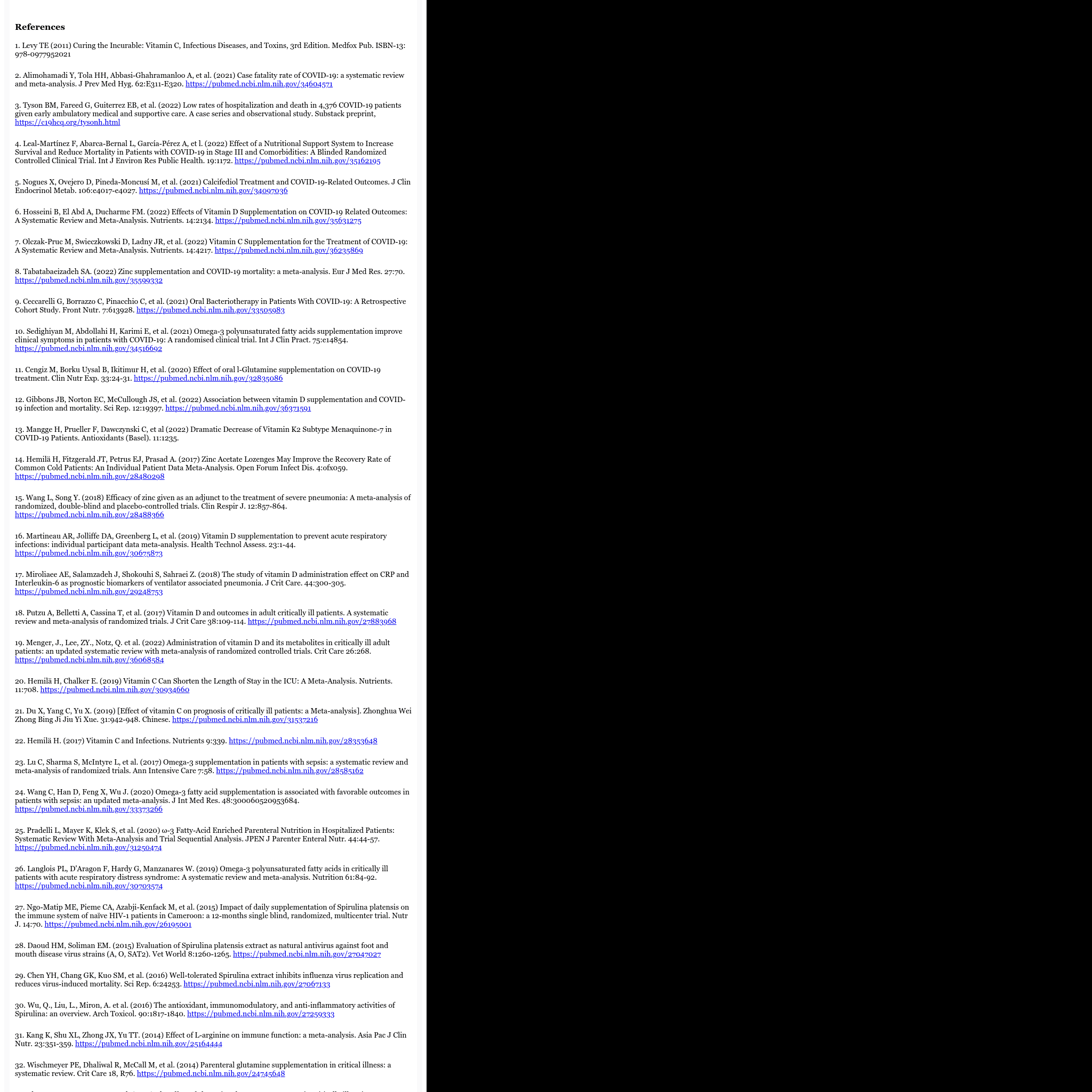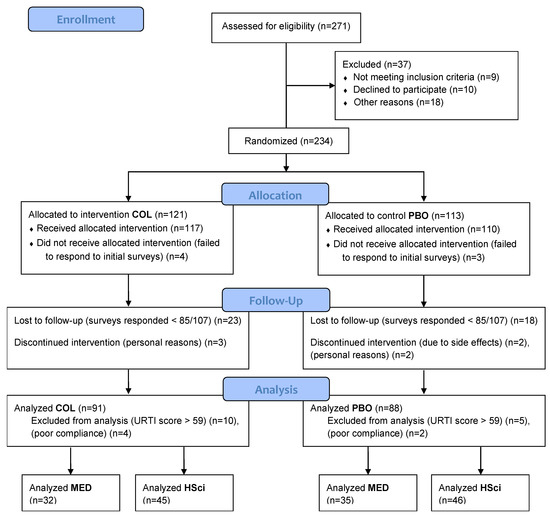David PS
Member
Low blood viscosity seems to be important for surviving covid and the clot shots.

 www.ncbi.nlm.nih.gov
www.ncbi.nlm.nih.gov

 www.ncbi.nlm.nih.gov
Myocarditis and Thrombosis Following Immunization for COVID-19 Are Caused By Elevated Blood Viscosity and May Be Prevented By Optimal Oral Hydration
www.ncbi.nlm.nih.gov
Myocarditis and Thrombosis Following Immunization for COVID-19 Are Caused By Elevated Blood Viscosity and May Be Prevented By Optimal Oral Hydration
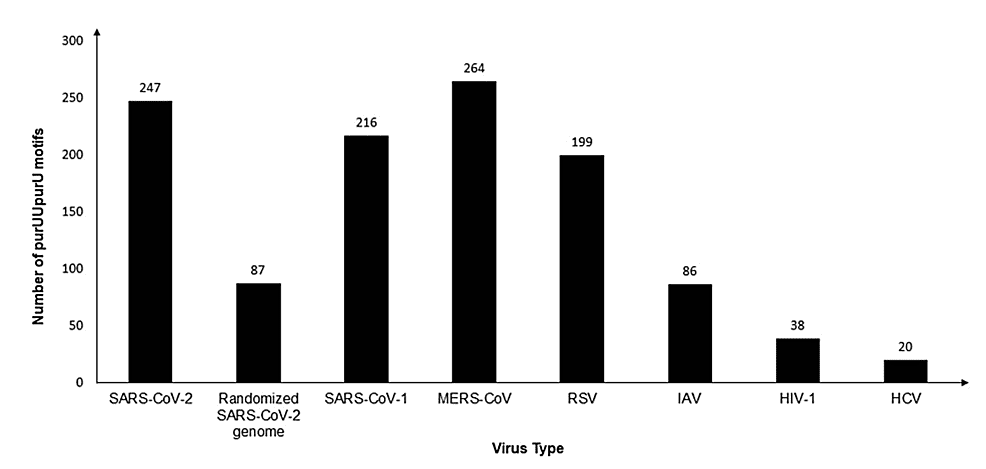
 www.cureus.com
www.cureus.com

 www.cureus.com
www.cureus.com

 www.ncbi.nlm.nih.gov
www.ncbi.nlm.nih.gov
 content.iospress.com
content.iospress.com

 www.ncbi.nlm.nih.gov
www.ncbi.nlm.nih.gov

Change of blood viscosity after COVID-19 vaccination: estimation for persons with underlying metabolic syndrome
The COVID-19 vaccine is a new vaccine aiming at control of COVID-19 pandemic. This new vaccine is useful for pandemic management, however, an important consideration is on its safety. Thrombosis is a problem might occur after COVID-19 vaccination and ...

Association of Blood Viscosity With Mortality Among Patients Hospitalized With COVID-19
Coronavirus disease-2019 (COVID-19) is characterized by a dysfunctional immune response and abnormal blood rheology that contribute to endothelial dysfunction and thrombotic complications. Whole blood viscosity (WBV) is a clinically validated measure ...

From the Oligonucleotide purUUpurU to Cytokine Storm, Elevated Blood Viscosity, and Complications of Coronavirus Disease 2019
Background Coronavirus disease 2019 (COVID-19) can be associated with pathologic inflammation. The authors hypothesize that a high copy number of a purine-uridine-rich nucleotide motif is present in the genome of severe acute respiratory syndrome coronavirus 2 (SARS-CoV-2) and hyperactivates...

COVID-19 Demonstrates That Inflammation Is a Hyperviscous State
Many of the complications of severe coronavirus disease-2019 (COVID-19) are caused by blood hyperviscosity driven by marked hyperfibrinogenemia. This results in a distinctive hyperviscosity syndrome which affects areas of high and low shear. A change in blood viscosity causes a threefold inverse...

Changes in the Blood Viscosity in Patients With SARS-CoV-2 Infection
Coronavirus disease 2019 (COVID-19) is caused by a novel virus known as severe acute respiratory syndrome coronavirus 2 (SARS-CoV-2). SARS-CoV-2-induced hyperinflammation together with alteration of plasma proteins, erythrocyte deformability, and platelet ...
Blood hyperviscosity in acute and recent COVID-19 infection - IOS Press
BACKGROUND: Elevated estimated blood viscosity (EBV), derived from hematocrit and globulins, is associated with thrombotic complications, organ failure, and higher mortality in COVID-19 patients. Although informative, EBV does not account for cellula

Blood viscosity of COVID-19 patient: a preliminary report
COVID-19 is the important global problem. This new coronavirus can cause several hematological changes. Thrombosis is a problem might occur in COVID-19. In COVID-19, thrombosis might be the result of endothelial dysfunction, platelet activation, increasd ...

